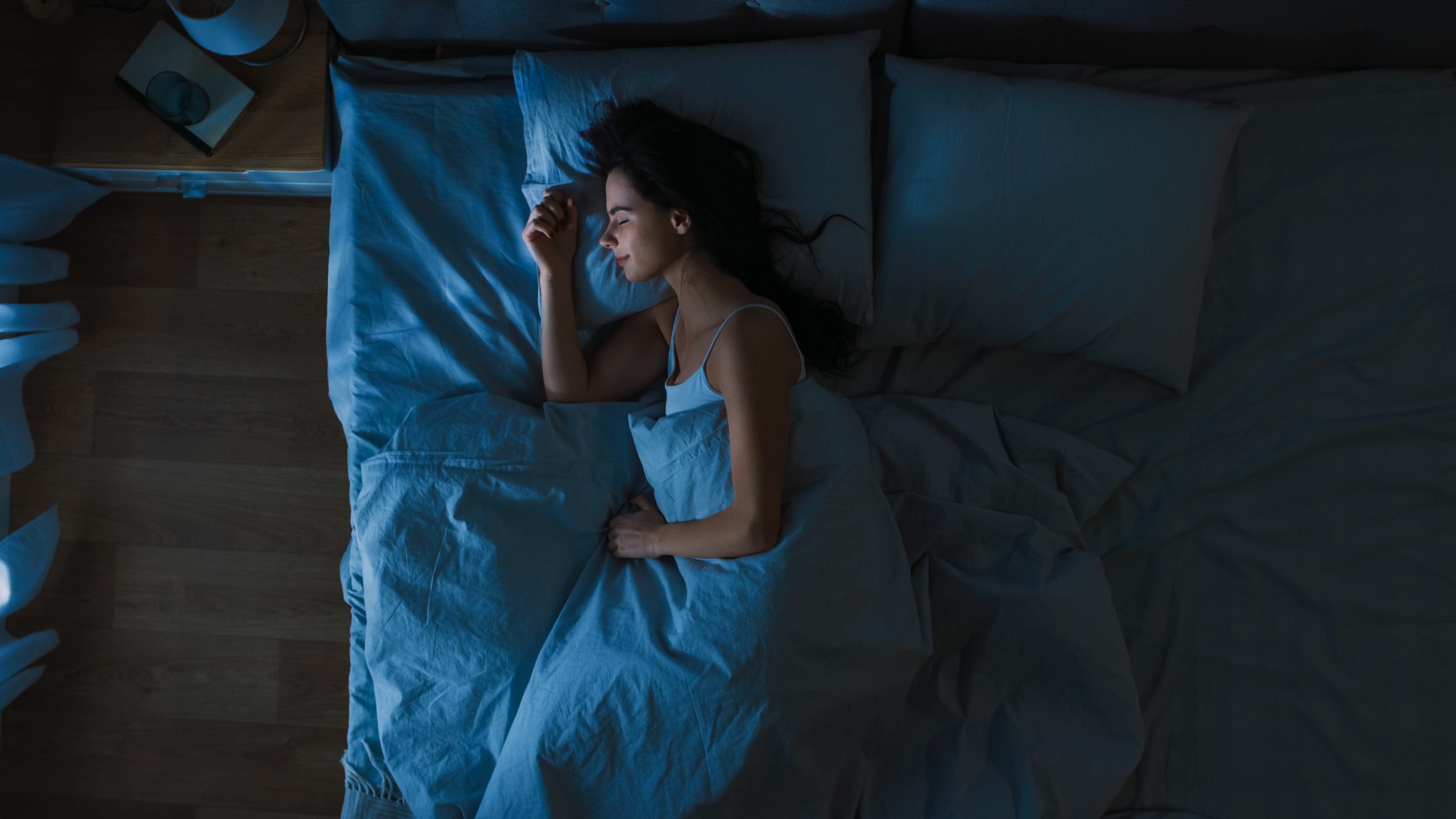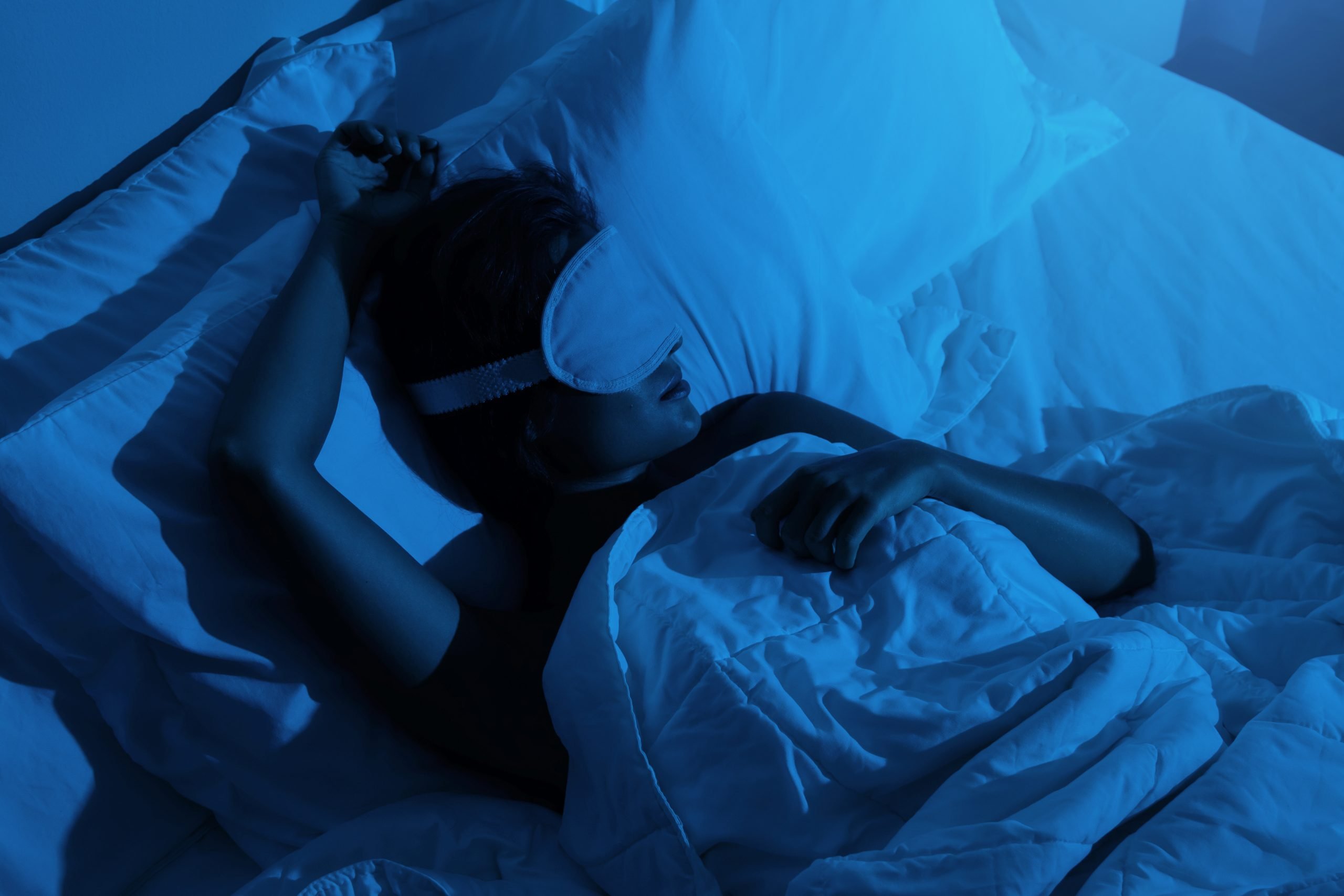
Credit: Adobe Stock
Which Side You Sleep On Has A Different Effect On Your Body
A sleep expert has shared with IGV the key positions you need to reconsider for a better night’s sleep.
In today’s fast-paced world, sleep is more essential than ever, yet many of us struggle with getting quality rest.
From poor postures to late-night screen use, daily habits may be preventing us from sleeping well.
To uncover where we’re going wrong and how to fix it, we spoke with sleep expert James Leinhardt, who offered insights on common sleep mistakes and practical tips for improving sleep hygiene.

One of the most frequent issues Leinhardt encounters is poor sleep posture.
Many of us, Leinhardt explains, ‘sleep like a twisted pretzel,’ tossing and turning through the night, only to wake up with neck or back pain.
“A lot of people use their arm under the pillow or straight up as their pillow. No wonder you’re waking up with pins and needles,” he remarked.
This habit restricts blood flow and can lead to long-term discomfort or nerve compression.
Leinhardt warns that the worst offender is sleeping on your stomach.
“Stomach sleeping is the absolute worst thing you can do to yourself,” he explained, noting that it forces the head to one side, creating muscle imbalances.
“If you sleep on your stomach and feel fine, I bet you’re under 40,” he quipped, suggesting that negative effects often emerge with age. Additionally, the pressure of the spine on internal organs can contribute to long-term lower back pain.

Leinhardt emphasized the importance of finding the right sleep position for spinal health. He recommends the ‘Dreamer’ position: “It’s a semi-fetal side position with a pillow between your knees and ankles, which reduces spinal tension.”
Bad sleep posture can lead to long-term problems like chronic pain and poor spinal alignment.
“Waking up with tingling fingers or dead arms could be a sign of nerve damage or blood flow restriction caused by your sleep positions,” Leinhardt warned.
Fortunately, optimizing sleep posture can reverse these issues. “Simply changing your posture can eliminate back and neck pain,” Leinhardt revealed.
For example, side sleepers with both knees on the bed might develop hip pain or arthritis, but by shifting to the ‘Dreamer’ position, many of these problems can be avoided.

Leinhardt offered advice for those struggling with poor posture.
“If you’re a side or stomach sleeper, use two old pillows for support,” he recommended. One pillow should go between the knees and ankles, and another should be hugged to prevent rolling back into an unhealthy position.
For back sleepers, placing a pillow under the knees can reduce spinal strain.
However, Leinhardt cautioned that back sleeping might not be ideal for everyone, especially people with sleep apnea or snoring issues.
You can learn more about Leinhardt’s sleep expertise here.
Related Article: Nurse Issues Warning For Anyone Who Sets Multiple Alarms To Wake Them Up In The Morning
Related Article: Dating Expert Shares Biggest Reason Why Women Stop Sleeping With Their Husbands